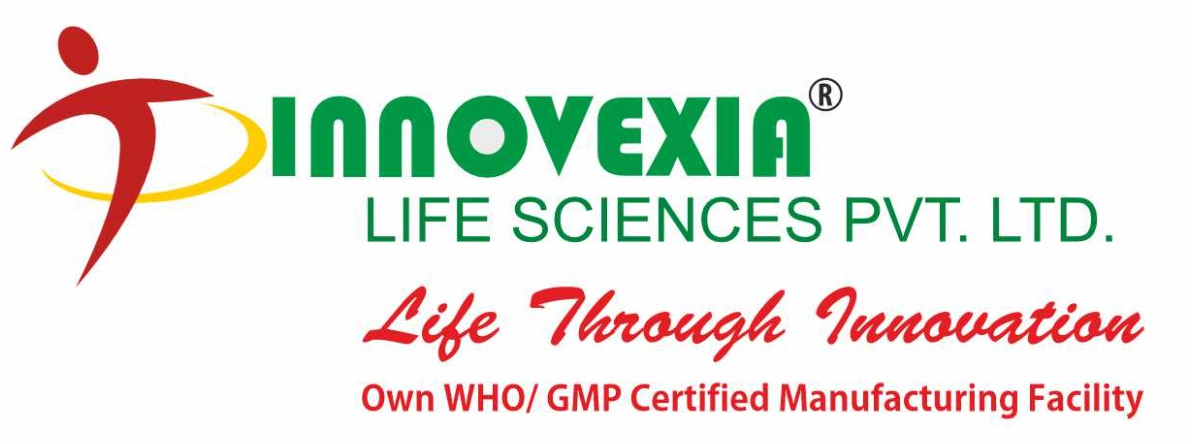In recent years, India has emerged as a global hub for pharmaceutical manufacturing. With its robust infrastructure, skilled workforce, and favorable regulatory environment, the country offers numerous opportunities for medicine manufacturers. Whether you’re an aspiring entrepreneur looking to enter the pharmaceutical industry or an established player seeking expansion, understanding the landscape of medicine manufacturing in India is essential for success.
1. Overview of Medicine Manufacturing in India:
India is home to a diverse range of pharmaceutical companies, from small-scale manufacturers to multinational giants. The pharmaceutical sector in India is characterized by innovation, quality, and cost-effectiveness. According to industry reports, the country ranks among the top producers of generic drugs globally and supplies over 50% of global demand for various vaccines.
2. Key Players in the Indian Pharmaceutical Industry:
Several prominent players dominate the pharmaceutical landscape in India. Companies like Medivolks Pharma, Angiolife Group, and Sunrise Pharma have established themselves as leaders in the industry. These companies manufacture a wide range of medicines, including allopathic, ayurvedic, and homeopathic formulations, catering to diverse healthcare needs.
3. Regulatory Framework and Quality Standards:
The pharmaceutical sector in India operates under stringent regulatory oversight to ensure the safety, efficacy, and quality of medicines. The Central Drugs Standard Control Organization (CDSCO) regulates the approval, manufacturing, and marketing of pharmaceutical products in the country. Additionally, pharmaceutical companies adhere to internationally recognized quality standards such as Good Manufacturing Practices (GMP) and ISO certifications.
4. Opportunities for Entrepreneurs:
Starting a pharmaceutical company in India can be a lucrative venture for entrepreneurs. The country offers a conducive environment for business setup, with various government schemes and incentives aimed at promoting investment in the pharmaceutical sector. From obtaining licenses and permits to establishing manufacturing facilities and distribution networks, aspiring entrepreneurs can tap into a wealth of resources to realize their vision.
5. Challenges and Considerations:
While the pharmaceutical industry in India presents significant opportunities, it also comes with its share of challenges. Competition, regulatory compliance, pricing pressures, and intellectual property rights are some of the key considerations that manufacturers need to navigate. Understanding market dynamics, consumer preferences, and emerging trends is crucial for sustainable growth and competitiveness.
6. Future Outlook and Emerging Trends:
The future of medicine manufacturing in India looks promising, driven by factors such as technological advancements, increasing healthcare spending, and growing demand for affordable healthcare solutions. With the rise of digital health technologies, personalized medicine, and biopharmaceuticals, manufacturers are poised to leverage innovation to address evolving healthcare needs.
Conclusion:
Medicine manufacturers in India play a pivotal role in supplying high-quality, affordable healthcare solutions to domestic and global markets. With its vast talent pool, robust infrastructure, and supportive regulatory framework, India continues to be a preferred destination for pharmaceutical manufacturing. By staying abreast of market trends, embracing innovation, and adhering to quality standards, manufacturers can unlock new opportunities and contribute to the advancement of healthcare worldwide.

